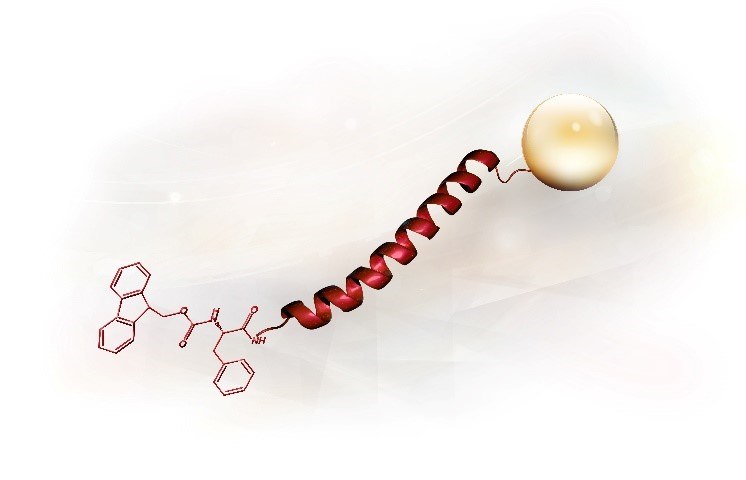Amino Acids, Resins & Reagents for Peptide Synthesis

We offer an unparalleled portfolio of natural and unnatural amino acids, resins, and coupling reagents of unrivaled quality for peptide synthesis, including the entire portfolio of over 1,000 Novabiochem® products. Combining this extensive offering with the latest innovative products such as the phophoroserine building block, Fmoc-Ser(PO(NHiPr)2)-OH), Trp-BODIPY fluorescent probe, CITC coupling reagent, and the Pinc cyclization reagent we’ll make your breakthroughs feel closer than ever. Many products are supported by detailed protocols, application examples, and practical advice. Moreover, the famous Novabiochem application notes are now available online!
For years, Novabiochem® peptide synthesis reagents have set the gold standard for quality and reliability. The quality of reagents is critical to the scientific credibility of results obtained with synthetic peptides. Small, almost trivial, differences in purity of the starting reagents can greatly affect the microheterogeneity of the product peptide. For example, building blocks with only 99.5% optical purity can theoretically only produce 78% of the target 50mer, whereas building blocks with 99.8% optical purity rise to 90%. The purified products from both syntheses can look homogeneous by HPLC, however the peptide obtained using the 99.5% optically pure building blocks will only contain at maximum 78% of the target: the diastereomeric by-products will be hiding under the product peak as they are inseparable and are of course undetectable by MS.
It is for this reason we strive to make our 20 standard Fmoc-amino acids amongst the highest quality available on the market. Most importantly, we analyze for known microimpurities, which could produce inseparable and undetectable impurities in the final peptide product:
- Majority specified to ≥ 99.00% HPLC purity and ≥ 99.80% enantiomeric purity
- Analyzed using internal standards for β-alanine-related impurities, dipeptides and unprotected amino acids to ensure these crucial peptidic impurities are not hidden under the main product peak
- Very low acetate and ethyl acetate content to ensure formation of capped peptides is negligible and to promote long-term storage of these products
With the capability to offer large batches, we support your growth every step of the way, from R&D to scaled-up production across the globe. Get the exact quality and quantity you need for:
- Peptide synthesis
- High-throughput organic chemistry
- Labeled peptides
- Custom-manufactured products
Related Product Resources
- Purer Fmocs Means Purer Peptides
Purer Fmocs Means Purer Peptides
- Linkers for Fmoc SPPS
Novabiochem® has one of the most extensive ranges of linkers and derivatized resins for Fmoc solid phase peptide synthesis. These resins have varied properties with special protocols for loading and cleaving.
- Peptide Coupling Reagents Selection Guide
Novabiochem® offers a large number of coupling reagents for in situ activation. In situ activating reagents are easy to use, fast reacting – even with sterically hindered amino acids, and their use is generally free of side reactions.
- Selecting Orthogonal Building Blocks
Novabiochem® product range has one of the largest collections of orthogonally and quasi-orthogonally protected tri-functional amino acids. These derivatives are useful tools for the synthesis of cyclic and branched peptides and peptides carrying side-chain modifications.
- Fmoc Resin Cleavage and Deprotection
Fmoc resin cleavage and deprotection follows the difficult task of detaching the peptide from the resin support and removing all the side-chain protecting groups of the amino acid residues to yield the desired peptide.
- Boc Resin Cleavage and Deprotection
The most popular reagent for cleavage of peptides from Boc-based resins is anhydrous HF. Of all the cleavage procedures HF appears to be the most versatile and least harmful to a wide variety of peptides synthesized on Boc-based resins.
- Peptide Synthesis Protocols and Technical Articles
To continue reading please sign in or create an account.
Don't Have An Account?